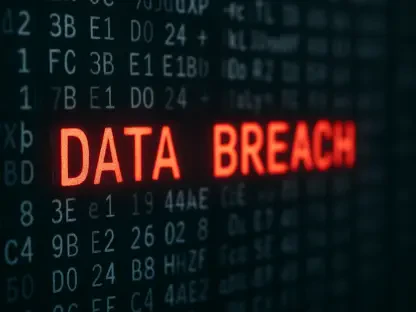Imagine a small startup with big dreams but a tight budget, struggling to prioritize cybersecurity amidst the chaos of scaling operations and meeting deadlines, often leaving critical vulnerabilities exposed in their containerized applications. For many smaller businesses and emerging organizations, the high cost of securing container images has long been a barrier, forcing them to compromise on protection or allocate resources elsewhere. Docker, a leader in container technology, has stepped in to change this narrative with a groundbreaking subscription service for its Hardened Images catalog. This initiative aims to democratize access to top-tier security by offering affordable, high-quality container images to companies of all sizes. By addressing the financial constraints that have historically limited secure development practices, Docker is paving the way for a more inclusive tech landscape where robust security isn’t a luxury but a standard. This move signals a shift in how container security is perceived, making it an achievable goal for every business, regardless of scale or resources.
Revolutionizing Access with a Subscription Model
Docker’s latest offering through its Hardened Images catalog introduces a subscription model that provides unlimited access to a vast array of secure container images, tailored to meet diverse development needs. This catalog spans modern tools for machine learning like Kubeflow, programming languages such as Python, databases including PostgreSQL, application frameworks like NGINX, and infrastructure services such as Kafka. Notably, for US government entities, Docker ensures compliance with federal standards by offering FedRAMP-ready variants, eliminating the need for additional configurations. This subscription approach breaks down traditional cost barriers, allowing even the smallest teams within an organization to leverage the same level of protection as larger enterprises. A single subscription covers all users, ensuring equitable access to security features that were once out of reach for many. Additionally, a free 30-day trial for logged-in users eases the transition, enabling businesses to test the waters without immediate financial commitment. This model not only fosters inclusivity but also reinforces Docker’s commitment to making container security a default standard across the board.
Innovative Hardening for Enhanced Security
The technical prowess behind Docker’s Hardened Images lies in a meticulous hardening process that significantly enhances security while maintaining affordability. These images are built directly from source code and continuously updated with patches from upstream sources to address vulnerabilities promptly. By stripping away unnecessary components, Docker achieves images that are up to 95 percent smaller than comparable alternatives, drastically reducing the attack surface and potential risks. Each image also supports Vulnerability Exploitability eXchange (VEX), which helps development teams prioritize critical threats over less relevant issues, streamlining their focus. Migration to these hardened images is made seamless with just a one-line change in a Dockerfile, preserving flexibility for customization with additional tools or certifications as needed. This minimalist design, paired with ongoing updates, ensures near-zero Common Vulnerabilities and Exposures (CVEs) for subscribers. Reflecting on this achievement, Docker has demonstrated a pivotal shift in the container ecosystem, proving that robust security solutions can be both accessible and cost-effective for businesses of every size.









